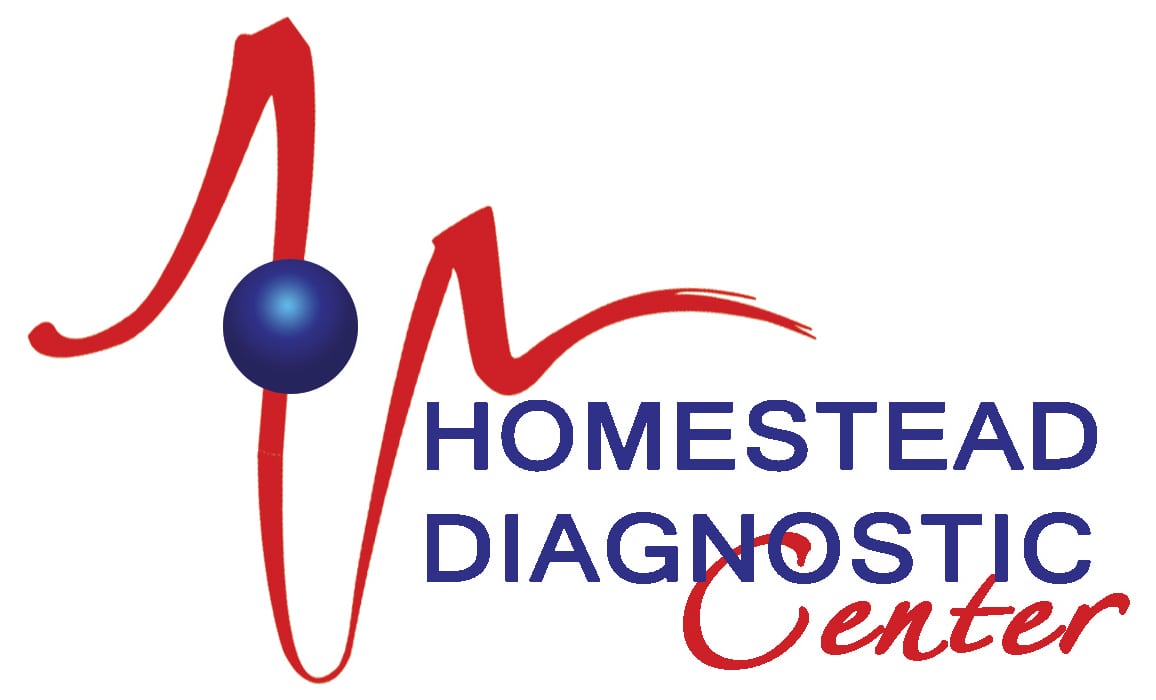Ultrasound
Seeking a Professional Ultrasound Clinic that’s Committed to Your Health Near Homestead, FL?
Our Ultrasound systems obtain images of internal organs and other soft-tissue structures inside the body. Our certified medical sonographers are dedicated to provide quality service to all of our patients.
Q:
What is Ultrasound?
A:
Ultrasound is a safe, painless and cost effective test that uses high frequency sound waves to view organs and tissues. The sound waves that are produced during an ultrasound cannot be heard or felt. Both still and moving real-time images can be captured during an ultrasound.
There are no risks from an ultrasound scan. It is non-invasive and does not expose you to any radiation. Therefore, the scan can be repeated without any known adverse effects.
Ultrasound is useful for evaluating a variety of conditions including pain, swelling and infection. It can be used to examine internal organs such as the uterus, ovaries, kidneys, liver, bladder, heart and thyroid. In obstetrics, ultrasound is routinely used to assess the progression of pregnancy.
Q:
How does Ultrasound Work?
A:
Ultrasound imaging uses the principles of SONAR. It’s use began for medical purposes in the late 1940s.
A transducer is placed on your skin and pulses of sound waves are sent through your body. As the sound waves pass through the body, they produce echoes which the transducer receives and sends back to the computer. The echoes are analyzed and converted into images, which in turn creates real-time pictures on the monitor. This helps to determine the shape, size and composition of organs and tissues.
Since ultrasound records images in real time, it is especially useful for examining blood flow and guiding needle biopsy procedures.
Q:
How do I prepare?
A:
Request an appointment online or call us to book your appointment. A Doctor’s prescription is required.
Aortic/Abdominal
Nothing to eat drink, chew or smoke for six hours prior to your exam
Breast/Scrotal/Thyroid
No preparation required.
Color-flow Doppler
A full bladder is necessary for the exam. Have breakfast and/or lunch. Women must drink at least 32 oz. of water, finishing 1 hour prior to your exam. Men must drink at least 16 oz. of water, finishing 1 hour prior to your exam. Do not empty your bladder.
Prostate
Take a fleet enema at least one hour prior to the exam. Have nothing to eat or drink after the fleet enema.
Renal
Drink a 16 oz. glass of water one hour prior to study. Do not void
Renal Arterial Study
Have nothing to eat, drink, chew or smoke for six hours prior to your exam. In addition, consult your physician before taking gas-X one hour before the exam.
Bring with you to your appointment:
Prescription from your doctor
Current insurance card
Authorization number from your insurance carrier
Any forms you completed at home
Credit card or cash for your insurance co-pay
Any breast imaging studies that you have from another facility. We like to compare the new mammogram with any previous studies to assist in the diagnostic process.
Picture identification
Q:
What do I do when I arrive?
A:
Present your prescription, insurance card and completed forms at the front desk. If any additional forms are required, they will be given to you at this time.
Be sure to inform the receptionist and technologist if you:
Have allergies, specifically to iodine.
Are pregnant, think you may be pregnant or are breast feeding
Have breast implants
Have any breast studies from another facility. We like to compare the new mammogram with any previous studies to assist in the diagnostic process.
Plan to arrive 15 minutes before your scheduled appointment.
Q:
What Happens During the Test?
A:
Depending on the area being studied, you may need to change into a gown.
Before beginning the exam, the ultrasound technologist will confirm that any special preparation that may have been required was followed. You will then be asked to lie down on a comfortable padded examination table.
A small amount of a water soluble gel is placed on the area being examined. This gel is harmless and can be easily wiped clean after the exam. The gel prevents any air from getting between the transducer (ultrasound probe) and your skin. This direct contact between the probe and your skin helps the transducer to deliver sound waves into your body most efficiently.
The ultrasound technologist will place the transducer gently on your skin where the gel was applied and move the probe around slowly. Changing the direction or the angle of the probe allows the sonographer to get the best possible images of the organ or tissue being examined.
Once all the images have been recorded, you can wipe off the gel and you are ready to go.
Q:
What Happens After the Test?
A:
One of our board certified radiologists interprets your ultrasound images, compares them to any previous studies and dictates a report which is transcribed, proofread and signed.
The report is then faxed and mailed to your referring doctor within one or two days. Your doctor will read the report and review the findings with you.
Homestead Diagnostic Center is committed to providing the best and most reliable ultrasound services in the industry. If you have any questions for our radiology clinic, please contact us at 305-246-5600 today.
